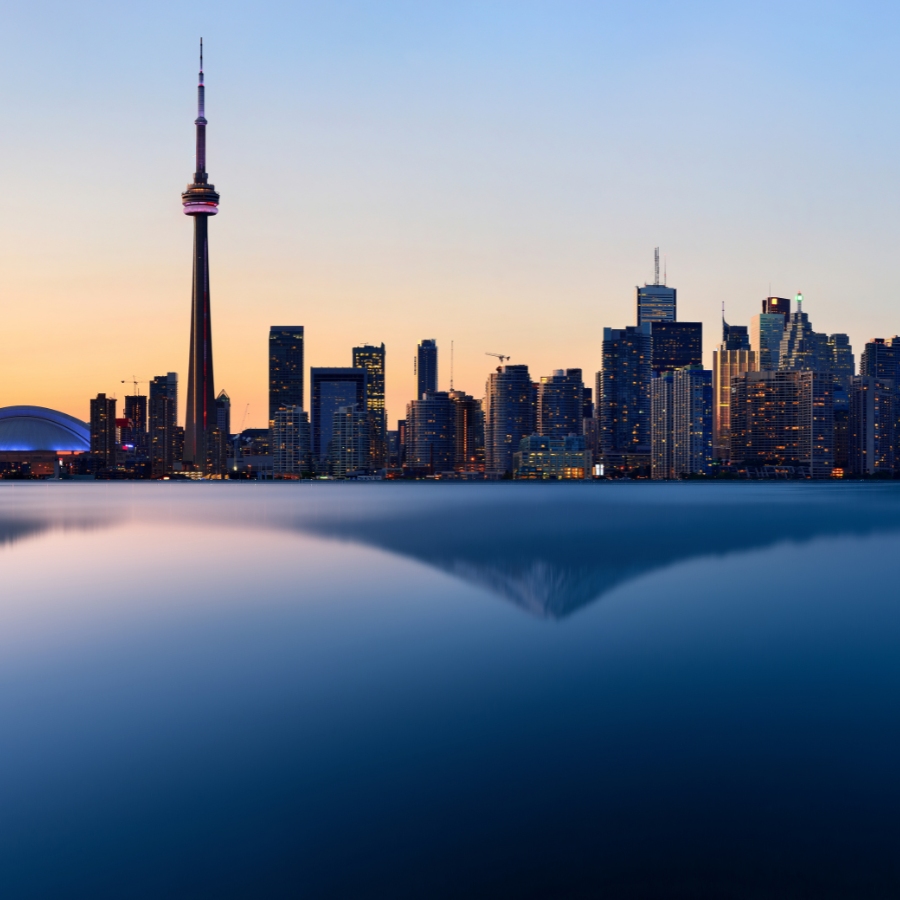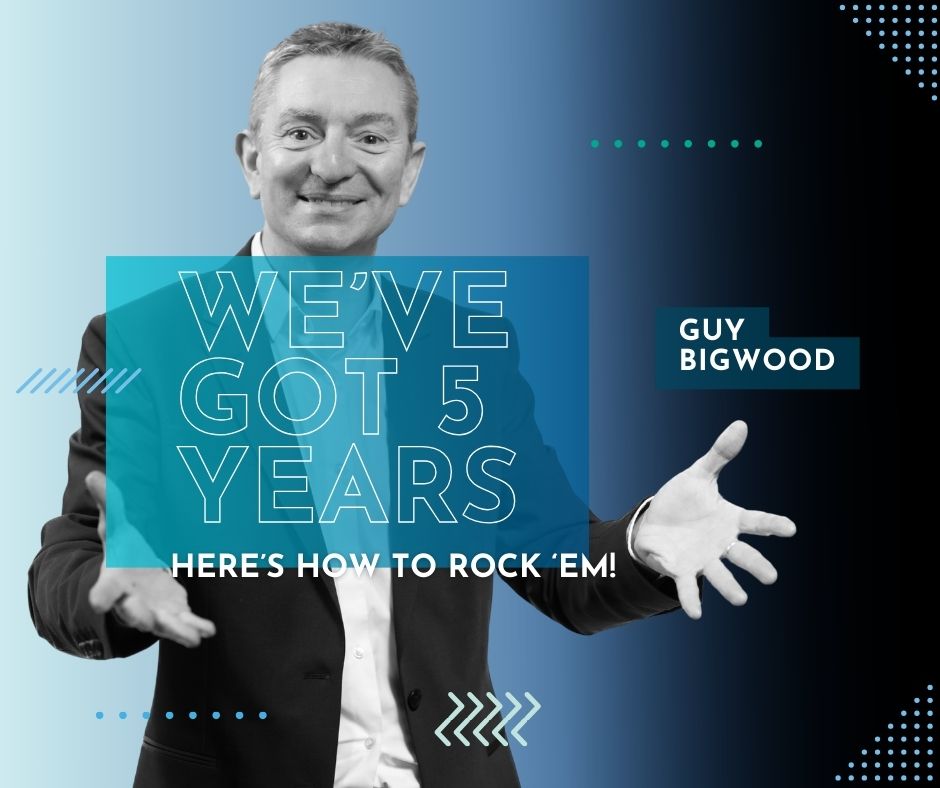
Written by Guy Bigwood, CEO and Chief Changemaker, GDS-Movement
Edited by Jess Henson, Marketing and Communications Manager, GDS-Movement
Half a century ago, British flower child and musician, David Bowie, released a hit that resonated with idealists and philosophers. “Five Years” explored the idea of the end of things as we know them in a driving, mournful ballad.
Did music pre-empt life? In 2025, we are counting down five years to 2030, the year set as a target by 193 nations to reduce collective negative impact on the planet. Like the song says, the clock is running on the Sustainable Development Goals (SDGs). Deadlines are passing, and the world remains far from achieving the ambitious targets that were meant to guide us toward a sustainable future. Even more concerning, and as a direct result of the increased environmental, social, and political pressures building up – and despite the progress made at the recent COP 27 – many nations and businesses are stepping back from their commitments, particularly around carbon emissions’ reduction goals and diversity, equity, and inclusion (DEI) policies and practices. We are living a sustainability backlash, clearly demonstrated by President Trump’s initial Executive Orders.
So how do we move forward? Its clear that we need a different approach and a different language for these interesting and turbulent times.
At the same time, it’s becoming increasingly apparent that sustainability, as it’s often practiced in the tourism industry, is merely sustaining the status quo – and that is no longer enough. What we need now is systemic transformation, driven by the principles of regeneration and economics.
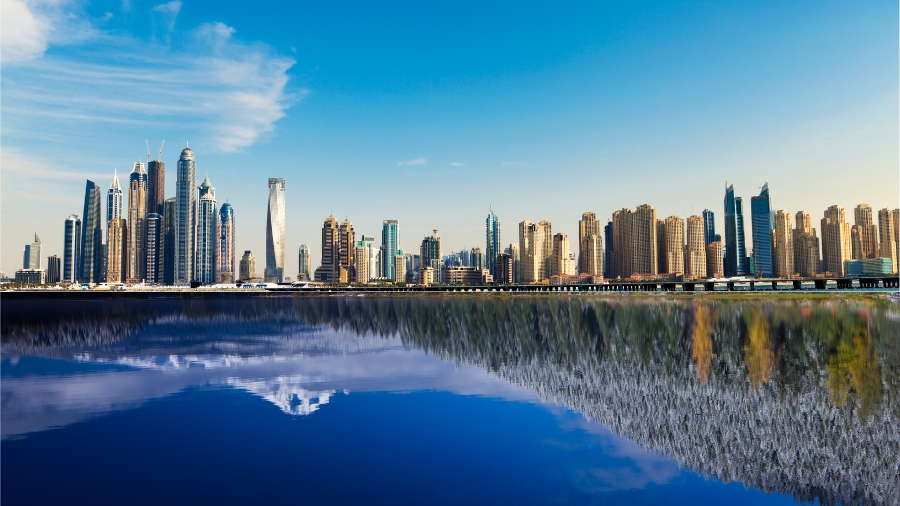
The Case for Regeneration in Tourism and Events
Regeneration goes beyond merely sustaining; it’s about actively restoring and enhancing the natural, cultural, and social systems we depend on. Tourism and events, as powerful economic and cultural forces, have the potential to become catalysts for systemic transformation. These industries can move away from extractive models and, instead, restore ecosystems, accelerate innovation, empower local communities, address social inequalities, and reimagine visitor engagement.
For the destinations we work in, regeneration means rethinking how they interact with visitors and stakeholders. The goal is no longer just to “minimise impact” but to create positive, lasting societal change. Whether it’s through restoring degraded landscapes, supporting cultural preservation, or fostering inclusive economic growth, the principles of regeneration provide a roadmap for positive change now.
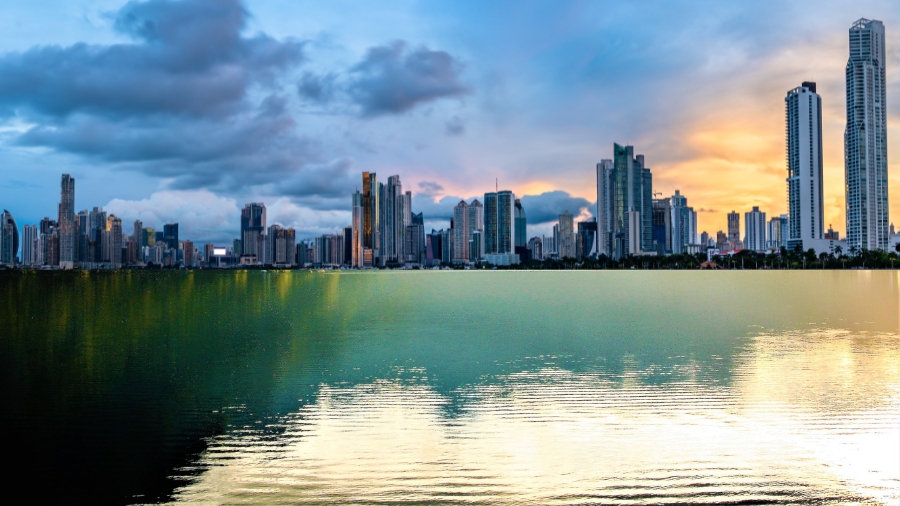
Systemic Transformation: An Holistic Approach
To embrace regeneration, we need to challenge outdated models and tackle the systemic issues embedded in them. This requires a shift in mindset and the adoption of innovative new frameworks. Inspiration can be gained from Kate Raworth’s Doughnut Economics and John Fullerton’s Regenerative Economies, which prioritise ecological health, social equity, and long-term resilience over GDP growth and short-term gains.
Regeneration at a Glance
For destination management, this could look like:
- Designing tourism strategies within ecological boundaries: Ensuring local resources are not just preserved but revitalised to support long-term resilience.
- Empowering local communities: Giving residents and local businesses the tools and agency to shape tourism narratives and priorities so that cultural, social, and environmental systems thrive together.
- Shifting to a quality-over-quantity model: Focusing on long-term value instead of visitor numbers, reducing over-tourism and its associated environmental, economic, and social pressures.
- Accelerating innovation: Catalysing new product and service approaches that addresses social challenges and stimulate economic growth, locally.

Regeneration in Action: The Role of Tourism and Events
Tourism and events touch every aspect of society – environment, culture, economy, and community. By adopting a regenerative approach, these industries can drive systemic transformation. Here’s how:
1. Rethinking How Change Happens
A few DMOs like Explore Edmonton and Destination North East England are leading the way with forward-thinking regenerative strategies that have been co-created with stakeholders. Edmonton’s Regenerative Tourism Strategy embraces sustainability and regeneration by embedding tourism within broader goals of biodiversity enhancement, community empowerment, and economic diversification. Similarly, Northeast England’s Regenerative Visitor Economy Framework emphasises collaboration with local communities to deliver meaningful benefits while revitalising natural and cultural assets. (Disclosure – we facilitated both processes here and here)
2. Reimagining Destinations as Living Systems
Destinations should be re-envisioned as interconnected ecosystems where tourism enhances biodiversity, restores natural resources, and strengthens social cohesion. For instance:
- Rewilding projects in Scotland’s Highlands engage visitors in restoring native forests and wildlife while supporting local communities. An example we support is Visit DunDreggan which we support through Trees for Life.
- Agroecology initiatives in Lithuania integrate regenerative farming with tourism, creating experiences that restore the land and enrich visitor understanding.
3. Rethinking Event Design
Events can leave places better than they found them by embracing regenerative practices:
- Social impact programmes can use the event and its participants to address challenges in the community. For example: The European Association for the Study of the Liver (EASL) uses its annual congress, and the Love Your Liver programme to work with the host community and raise awareness of liver health, promote early detection and care, and build local professional capacities in Hepatology.
- Local sourcing for materials and catering can support local economies while reducing carbon footprints. A good example is the ESCRS (European Society of Cataract and Refractive Surgeons) Congress and their Mission Zero programme. Over the last 3 years they have shifted to a model where over 80% of all resources are diverted from landfill, 30 – 50% of all production and food resources are sourced locally and all emissions are compensated by investing in nature and social community projects around the world. Here’s an example from ESCRS Congress in Vienna.
Attendee-led restoration projects, such as coral reef gardening or tree planting, can turn events into catalysts for ecological renewal.
4. Creating Stories That Inspire Action
Regenerative destinations and events can tell powerful stories that inspire change beyond city limits.
- For example, stories of collaboration with local communities delivering meaningful benefits while revitalising natural and cultural assets.
Highlighting the restoration of coral reefs in Raja Ampat, Indonesia, or the revival of indigenous agricultural practices in Hawai’i creates emotional connections and motivates visitors to carry those lessons home.
Tourism as a Driver of Systemic Transformation
This transition from sustainability to regeneration is not just about changing practices – it’s about transforming mindsets. Destination management organisations (DMOs) and event planners must go beyond their traditional roles of marketing and logistics to become stewards of systemic change.
To measure success in this new paradigm, we must adopt new metrics focused on:
- The health of ecosystems.
- The well-being of local communities.
- The depth of visitor engagement and their understanding of the destination’s regenerative efforts.
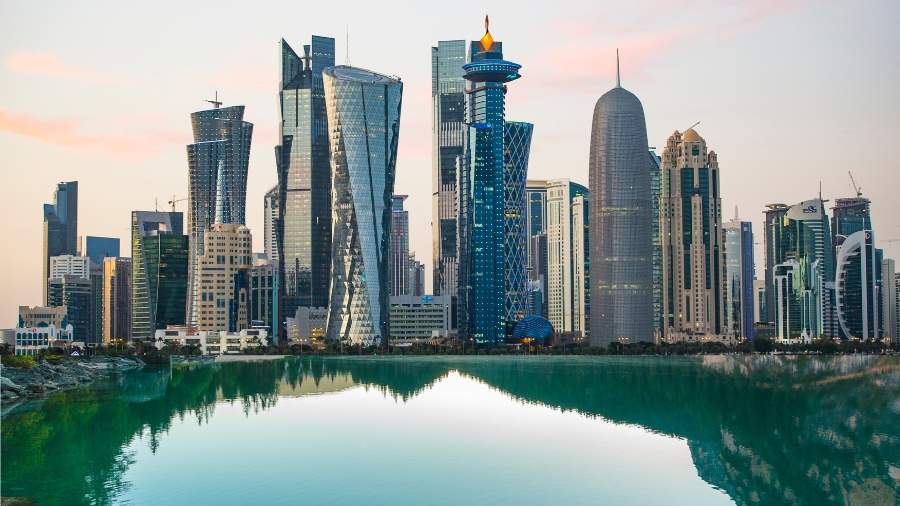
From Status Quo to Thriving Systems
Regeneration goes beyond mitigating harm – it’s about leaving places better than we found them. Through the embrace and practice of regenerative principles, destinations and events can become powerful forces for restoring ecosystems, empowering communities, and reshaping global narratives around travel.
Now is the time to move beyond sustaining. It’s time to regenerate, reimagine, and thrive. If we don’t, we will increasingly transgress planetary boundaries and that will alter our sense of reality and turns David Bowie’s rock ‘n roll lyrics into prophecies.
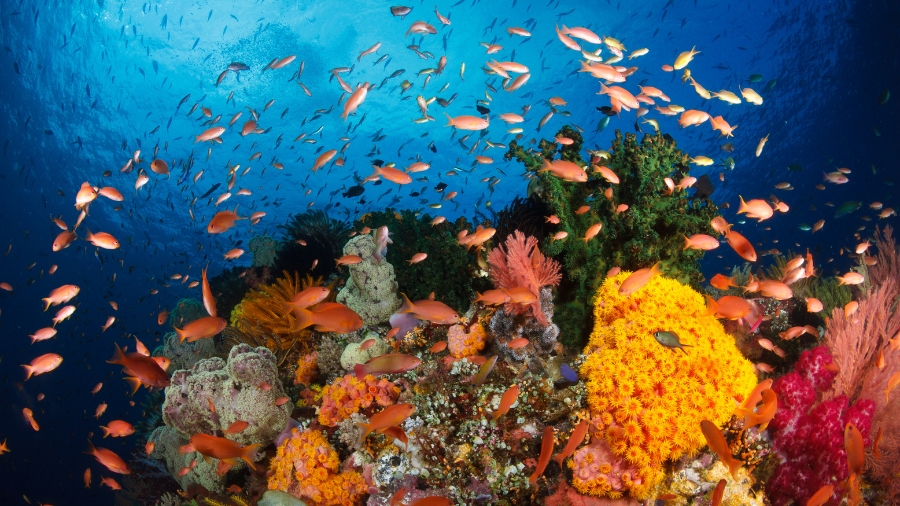
Accelerate Your Regenerative Journey with the GDS-Academy
If this vision resonates with you, consider joining the GDS-Academy Certificate in Regenerative Destination Management. Over the last four years, we’ve worked with hundreds of DMO professionals worldwide, exploring regenerative principles and their real-world applications. This programme shares our collective insights and facilitates discussions and real-world projects to accelerate systemic change in the tourism and events industries.
Together, we can move from sustaining to meeting the music and the 2030 goals and flourishing. Are you ready to join us?

